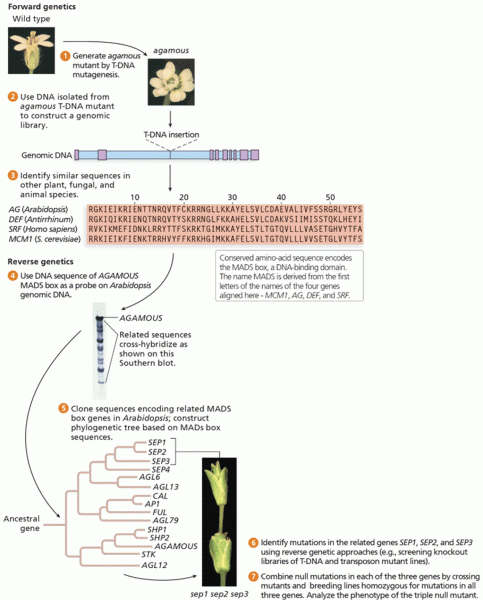Answer to Question 1
The challenge of making certain that the proactive management of reverse flows represents an opportunity for enhancing profits through cost reduction or increased revenue is a consideration for both closed-loop supply chains and reverse logistics systems.
From a manufacturing perspective, it may appear to be more costly to remanufacture or refurbish the materials obtained through reverse flows systems than to produce a new product from basic materials or components. Frequently, much of the additional cost is associated with the returns process. Time and distance are often the major cost contributors associated with capturing returns and their residual value. Interestingly, transportation expense is the largest cost component of reverse flows and frequently represents 25 percent or more of the total cost. Using transportation management tools and technology to improve and monitor the transportation network can lower this cost through better scheduling of pickups and deliveries and consolidation of loads to achieve scale economies.
One of the major challenges is the estimation of the total cost of the return flow processes. Some companies are using activity-based costing (ABC) as a tool to delineate the true costs associated with reverse flows. Quantification of the costs must include all costs associated with the returns processes. Conversely, accounting for the actual cost savings associated with the materials from reverse flows is important for the tradeoff analysis to determine the economic value added (or the lack thereof).
Once the evaluation for economic value has been completed, it is important to consider the barriers that may impede the implementation of the reverse flows program. These barriers may be internal or external and may including the following:
Priority relative to other issues and potential projects or programs in the organization
Inattention or lack of buy-in from top-level management in the organization
Financial resources necessary for operations and asset infrastructure
Personnel resources required to develop and implement the reverse flows program
Adequacy of material and information systems to support the returns program
Local, state, and federal restrictions or regulations
The strategic and tactical issues identified earlier for making a reverse flows program a value stream, as opposed to a waste stream, have led some companies to consider a third-party logistics company once the potential program has been rationalized and economically justified. The growth in number and sophistication of 3PLs in the last two decades has made this a very viable option. In fact, some 3PLs specialize in returns and reverse systems.
Answer to Question 2
False







